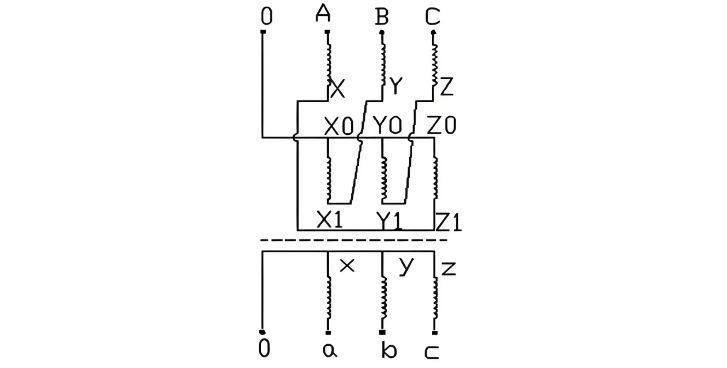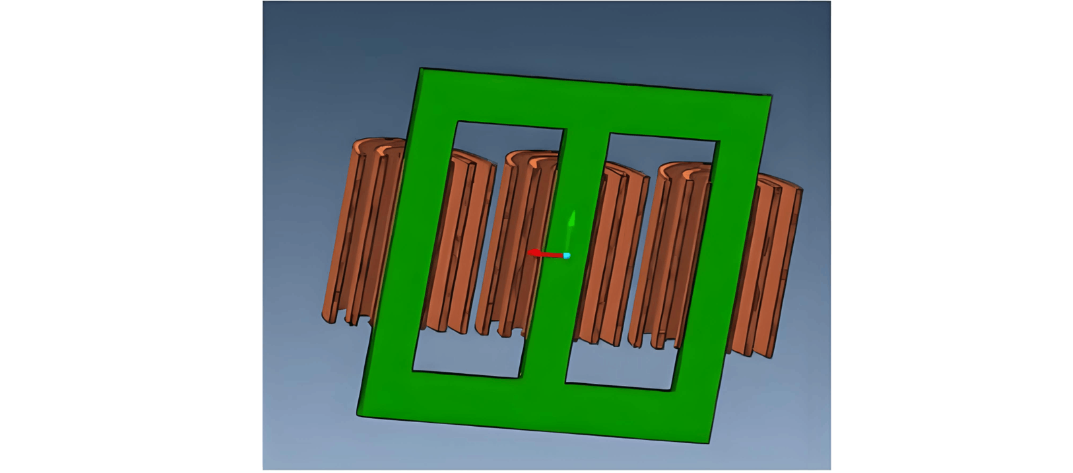Zero-Sequence Impedance Characterization of Dry-Type Grounding Transformer with ZN Connection
Dyson
06/12/2025
Focused on the design of electrical equipment, proficient in electrical principles and relevant specifications, and skilled in using design software. From intelligent substations to various types of electrical equipment, I am adept at optimizing design solutions, integrating new technologies. With practical experience and collaborative management capabilities, I deliver outstanding electrical design achievements.





















